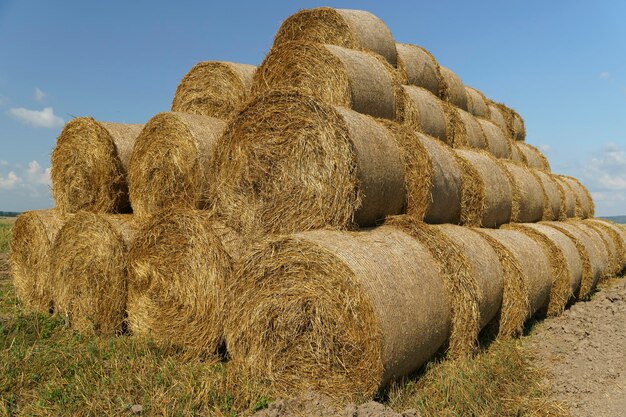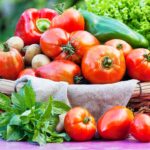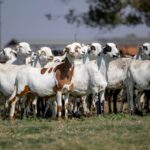In South Africa, the agricultural landscape is diverse, with livestock farming playing a significant role in the economy and food production. As climate conditions change and feed prices fluctuate, farmers are increasingly seeking sustainable and efficient ways to cultivate fodder to support their livestock. Fodder cultivation not only ensures a reliable feed supply but also contributes to the overall health and productivity of livestock. This article provides practical advice for South African farmers on effective fodder cultivation methods.
Understanding Fodder
Fodder refers to plant material, particularly grass or hay, that is grown specifically to feed livestock. It includes a variety of crops, such as legumes, grasses, and cereals, that can provide essential nutrients for animals. The choice of fodder crop depends on several factors, including climate, soil type, and the nutritional needs of the livestock.
Benefits of Fodder Cultivation
- Cost-Effective Feed Source: Cultivating your own fodder can significantly reduce feed costs, especially during dry seasons when commercial feed prices may rise.
- Nutritional Control: Growing fodder allows farmers to select crops that meet the specific nutritional requirements of their livestock, improving overall health and productivity.
- Soil Health Improvement: Fodder crops, particularly legumes, can enhance soil fertility through nitrogen fixation, reducing the need for chemical fertilizers.
- Sustainability: Cultivating fodder promotes sustainable farming practices, reducing reliance on imported feed and minimizing environmental impact.
Choosing the Right Fodder Crops
When selecting fodder crops, consider the following factors:
- Climate and Soil Type: Choose crops suited to your local climate and soil conditions. For example, perennial grasses like Kikuyu and Bermuda thrive in warm, well-drained soils, while legumes like lucerne (alfalfa) can benefit from deeper soils with good moisture retention.
- Livestock Needs: Different livestock species have varying nutritional requirements. Cattle, sheep, and goats may benefit from high-protein legumes, while pigs may require energy-dense cereals.
- Growing Season: Some fodder crops are better suited for summer cultivation, while others thrive in cooler months. Rotating crops can help maintain soil fertility and ensure a continuous supply of feed.
Best Practices for Fodder Cultivation
Soil Preparation and Fertility
- Conduct soil tests to determine nutrient levels and pH. Amend the soil based on test results to create optimal growing conditions.
- Incorporate organic matter, such as compost or well-rotted manure, to improve soil structure and fertility.
Sowing Techniques
- Use quality seeds from reputable sources to ensure good germination and growth rates.
- Follow recommended sowing rates and planting depths for each crop to optimize yield.
Irrigation Management
- Implement efficient irrigation systems, such as drip or sprinkler irrigation, to ensure consistent moisture without water waste.
- Monitor soil moisture levels to prevent over- or under-watering.
Weed and Pest Control
- Regularly monitor for weeds and pests. Implement integrated pest management strategies, such as crop rotation and companion planting, to reduce infestations.
- Utilize organic herbicides or mechanical weeding methods to minimize chemical use.
Fertilization and Nutrient Management
- Apply fertilizers based on soil test recommendations to ensure crops receive adequate nutrients.
- Consider foliar feeding or using organic fertilizers to enhance nutrient uptake.
Harvesting and Storage
- Harvest fodder at the optimal time to maximize nutritional value. For grasses, this is typically just before flowering.
- Store harvested fodder in dry, well-ventilated areas to prevent spoilage and nutrient loss.
Fodder Rotation and Diversity
- Rotate fodder crops to break pest and disease cycles and improve soil health. This practice also enhances biodiversity on the farm.
- Incorporate a mix of grasses and legumes to provide balanced nutrition for livestock.
Fodder cultivation is an essential practice for South African farmers looking to enhance livestock productivity, reduce feed costs, and promote sustainable agriculture. By understanding the benefits of fodder, selecting suitable crops, and implementing best cultivation practices, farmers can ensure a consistent and nutritious feed supply for their livestock. As the agricultural landscape continues to evolve, investing in fodder cultivation will be crucial for the long-term success and resilience of livestock farming in South Africa.
Join 'Farmers Mag' WhatsApp Channel
Get the latest Farming news and tips delivered straight to your WhatsApp
CLICK HERE TO JOIN






